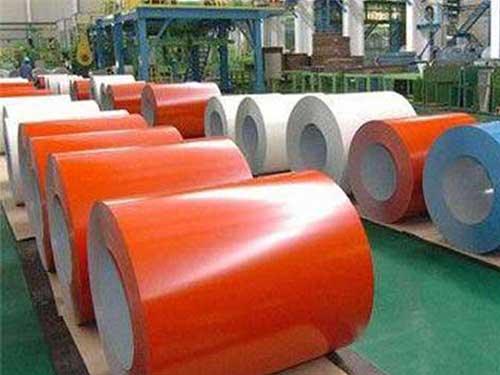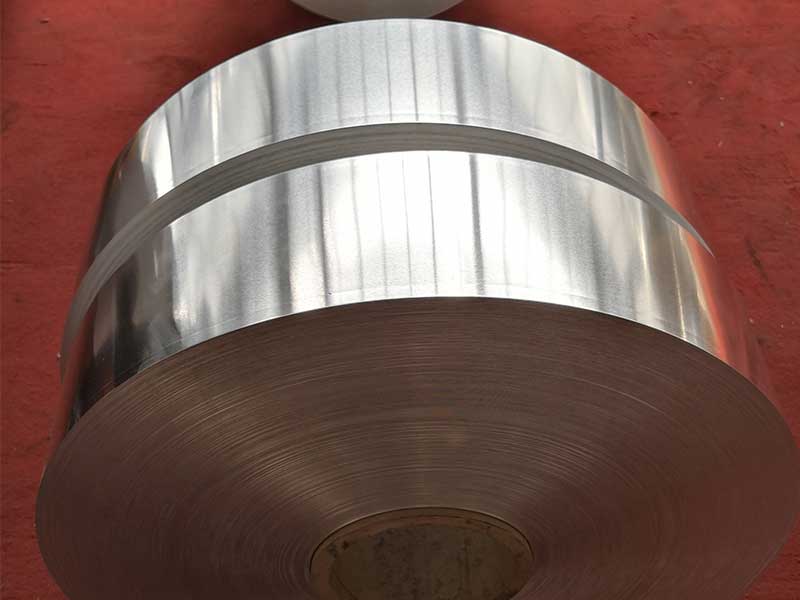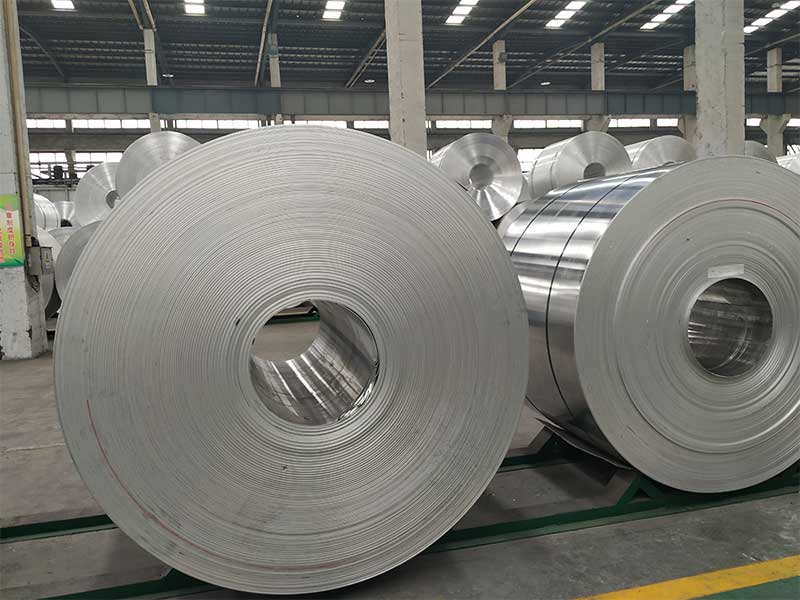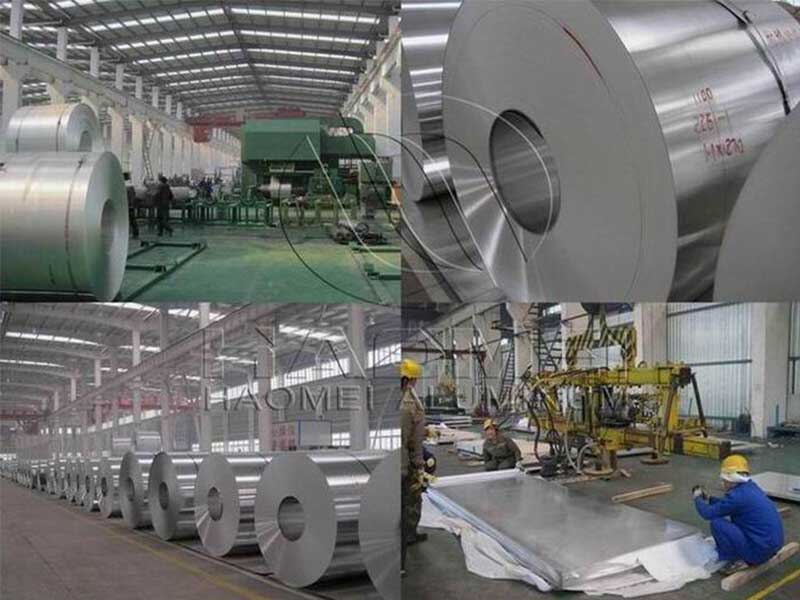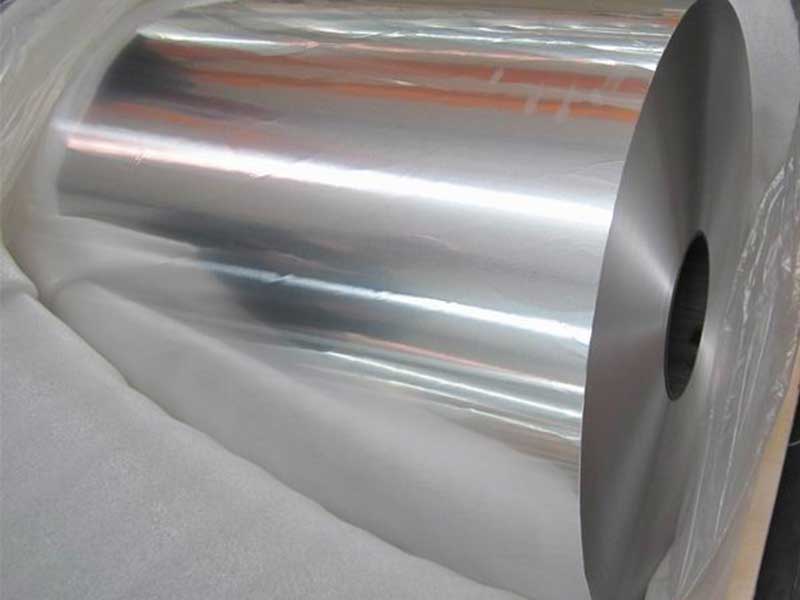Aluminum coil 1050 1060 1100 3003
Aluminum, often called a modern alchemist’s metal, is integral to countless facets of our daily lives. Distinctive traits such as lightweight yet tough nature, resistance to corrosion, and outstanding malleability and ductility differentiate it from other metals. Nestled comfortably within the realm of aluminum alloys are the 1050, 1060, 1100, and 3003 variables. Each number tells a story of its specific characteristics, heat treatment, and applications.
the Basics
- 1000 series: Pure aluminum with a minimum of 99% aluminum content.
- 3000 series: Aluminum alloyed predominantly with manganese.
Aluminum Alloy Composition
1050: A standout within the 1000 series, this aluminum alloy contains 99.5% of aluminum — an emblem of purity. Characterized by excellent corrosion resistance, high thermal conductivity, and a fine anodizing finish, it's the go-to in industries that necessitate a gleam without compromising performance — such as kitchenware and lighting fixtures.
1060: Sharing a close bond with the 1050 alloy, 1060 aluminum contains about 99.6% aluminum. Its elevated corrosion resistance and electrical , conductivity not only appeal to manufacturers but also showcase versatility, finding its usefulness in food and chemical processing industries as well as electrical applications.
1100: This specific alloy takes it up a notch by comprising 99.0% aluminum, with its balance primarily supplemented by elements like copper and iron. Its strength isn't just robust but carries exceptional workability traits. This alloy supports applications just as diverse, stretching from packing grades (such as foils) to intricate decorative applications.
3003 : With a mix giving it 1-2% manganese, 3003 is regarded for its lightweight and strong design. This alloy supports substantial forming capabilities, placed savvily within the residential field—think artistically crafted sheets and beverage cans.
Tempering and Characteristics
When considering usability in practical scenarios, tempering stands as a pivotal aspect. In tempering, the aluminum is altered to boost its mechanical working and elevation-actuating traits.
H14: An indicative temper, prevalent in the 3003 series. It signifies half-hardness straight out of the fabrication factory.
H16 and H18: These hint at a higher hardness on the scale—especially relevant for Aluminum 3003—perfect for those rigorous applications calling for resilient, flexible materials tightly hugging creative structures.
Thermal and catalytic properties stand hallmark gendering these chic alloys:Chemical Properties Table
| Alloy | Aluminum Content | Main Alloying Element | Properties |
|---|---|---|---|
| 1050 | 99.5% | None | Excellent corrosion resistance/share, very good erosion- endurance, unbeatable thermal conductivity |
| 1060 | 99.6% | None | Exceptional corrosion resistance; mechanical qualms |
| 1100 | 99.0% | Copper | Superior workability, corrosion resistant |
| 3003 | 94-98% | Manganese | Super formability, relatively light |
Practical Applications
Timeouts and light constructions naturally yield bi-directional quid pro quos with these alloys. A variety of industries lean on 1050 and 1060 in sheets, foils, tanks, and chemical storage vessels. The 1100 embossed cookware triumphs in kitchens worldwide due to impeccable heat distribution, leading us to a satisfying roast.
In softer strategies, 3003 forms inventive ingenuity wherever operated— you might find involved aluminum patina in residential facades or even collective interactions through apply products.
https://www.al-alloy.com/a/aluminum-coil-1050-1060-1100-3003.html


